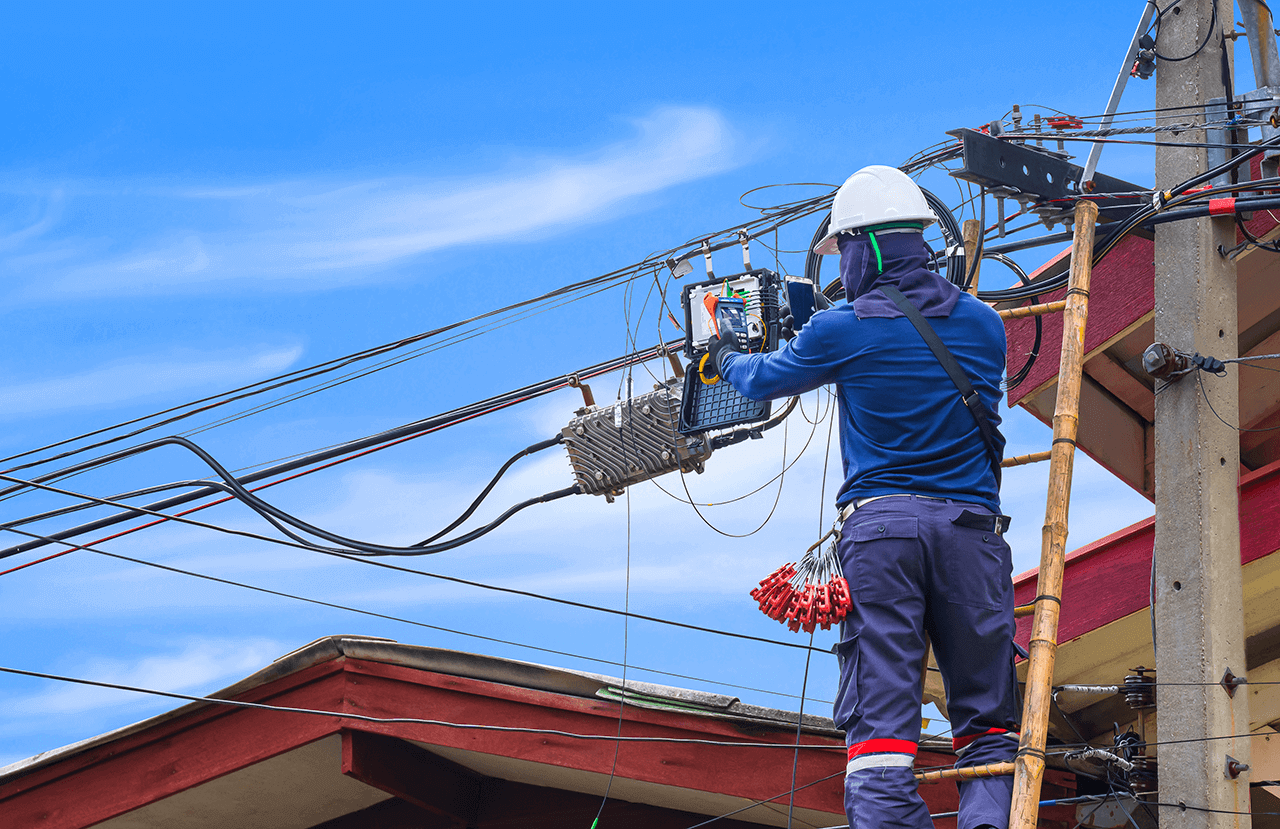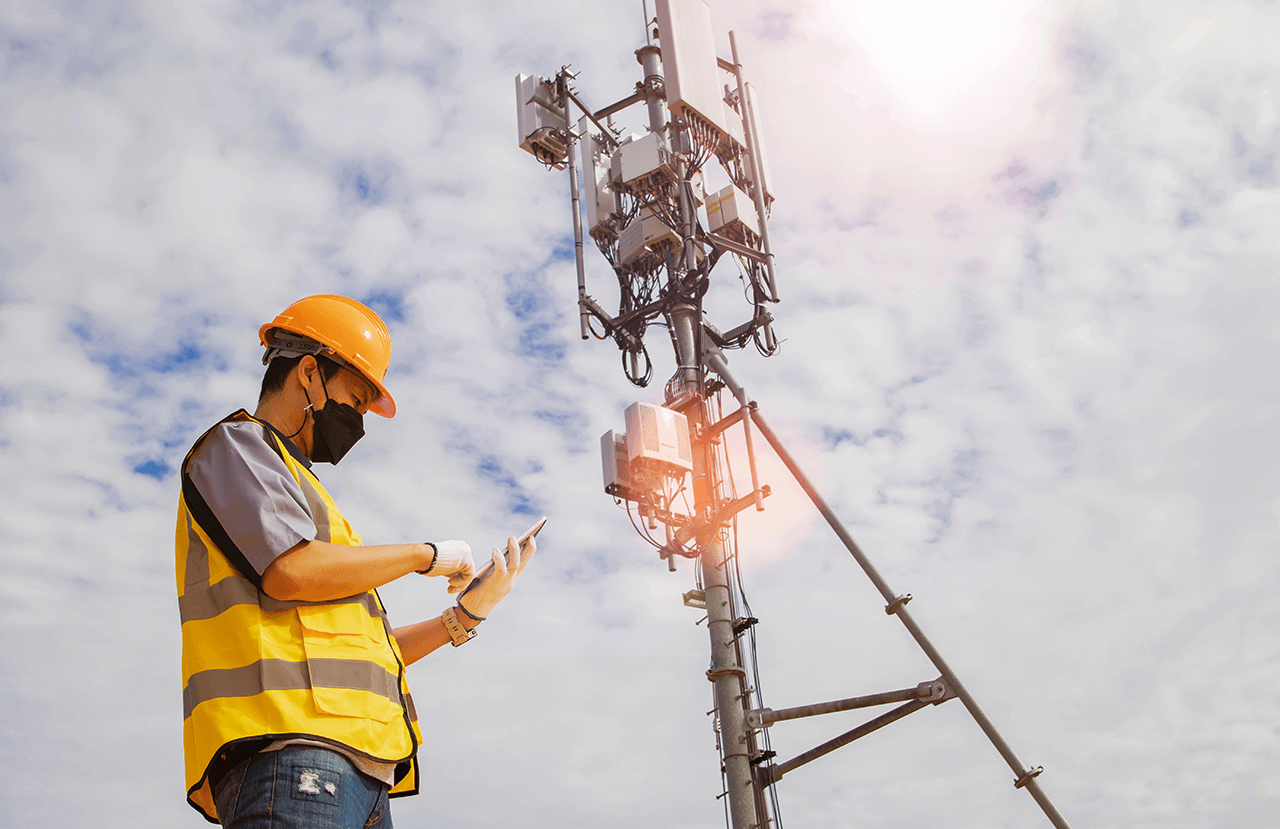
China fiber optic Factory
Fiber Optic Power Meters
Fiber Optic Power Meters Manufacturer and Direct Sales from Factory

DATA CENTER CABLING

fiber to the home

fiber to the antenna
Fiber Optic Power Meter Basic Operation and Functions Example
How to: Reference a Power Meter and Light Source
Basic Optical Loss Testing Using an Optical Power Meter and Light Source (1-Jumper Method)
How to Calibrate Optical Power Meter and Optical light Sourse Sets
What is optical power?
Optical power is the work done by light in unit time. Optical power units are often expressed in milliwatts (mw) and decibel milliwatts (dbm). The relationship between the two is: 1mW=0dBm, and decibel milliwatts less than 1mw are negative values. Optical power is the most basic and common parameter for optical signal measurement.
Function and type of optical power meter
An optical power meter is an optical power meter in English, which refers to an instrument used to measure the absolute optical power or the relative loss of optical power passing through a section of optical fiber. In optical fiber systems, measuring optical power is the most basic measurement, like a multimeter in electronics; in optical fiber measurement, an optical power meter is a commonly used meter. By measuring the absolute power of the transmitter or optical network, an optical power meter can evaluate the performance of optical equipment. Using an optical power meter in combination with a stable light source can measure connection loss, verify continuity, and help evaluate fiber link transmission quality.
Optical power measurement is essential for the manufacture, installation, operation and maintenance of any fiber optic transmission system. In the field of fiber optics, no project, laboratory, production shop, or telephone maintenance facility can function without an optical power meter. For example: optical power meter can be used to measure the output power of laser light source and LED light source; it is used to confirm the loss estimation of optical fiber link; the most important thing is that it is a key instrument to test of optical components (fiber optics, connectors, splices, attenuators etc.)
Basic Indicators of Optical Power Meter
There are four basic indicators of optical power meter: 1. Wavelength range. This is related to the type of photodetector used inside the optical power meter. For example, the wavelength range of silicon detectors is generally 450-1000nm; the wavelength range of gallium arsenide detectors is generally 800-1700nm. 2. The detectable maximum and minimum power range, the typical power range is -100~+3dBm. 3. Display resolution in dB or W, the typical resolution is 0.001dB or 10pW. 4. The internal noise generated by the power meter is typically 1-50pW.
How to choose an optical power meter?
To choose a suitable optical power meter, consider the following four elements: 1. Select the optimal probe type and connector interface type (LC, MPO or MTP, SC, ST, FC, MU). 2. Evaluate calibration accuracy and manufacture calibration procedures to match the required range of optical fibers and connectors. 3. Make sure that these models are consistent with the measurement range and display resolution. 4. Possess the dB function of direct insertion loss measurement.
First of all, among all the performances of the optical power meter, the optical probe is the most carefully selected component. The optical probe is a solid-state photodiode that receives coupled light from the fiber optic network and converts it into an electrical signal. You can use the dedicated connector interface to input to the probe, or use the universal interface UCI (use screw connection) adapter, UCI can accept most industry standard connectors. Based on the calibration factor of the selected wavelength, the optical power meter circuit converts the output signal of the probe and displays the optical power reading on the screen in dBm. The most important criterion for selecting an optical power meter is matching the optical sensor type to the expected operating wavelength range. It is worth mentioning that when making measurements, InGaAs performs well in all three transmission windows. Compared with germanium, InGaAs has flatter spectral characteristics in all three windows and has higher measurement accuracy in the 1550nm window. , while having superior temperature stability and low noise characteristics.
Secondly, the performance standards of optical fibers and connectors are consistent with the requirements of the system. It should be analyzed what causes the measured values to be indeterminate with different connection adapters? It is very important to fully consider other potential error factors. Although NIST (National Institute of Standards and Technology) has established American standards, the spectrum of similar light sources, optical probe types, and connectors from different manufacturers is uncertain.
The third is to determine the type of optical power meter that meets the measurement range requirements. Expressed in units of dBm, the measurement range (range) is a comprehensive parameter, including determining the minimum/maximum range of the input signal, so that the optical power meter can guarantee all accuracy, linearity (generally determined as +0.8dB) and resolution (typically determined as +0.8dB) 0.1dB or 0.01dB) to meet the application requirements. The most important selection criterion for an optical power meter is the matching of the optical sensor type to the expected operating range.
Finally, the optical power meter should have a dB function (relative power), and it is very practical to directly read the optical loss in the measurement. Without the dB function, the technician must note the separate reference and measurement values and then calculate the difference. So the dB function gives the user a relative loss measurement, thereby increasing productivity and reducing manual calculation errors.
Huihongfiber optical power meters are low cost and stable performance, they are useful and cost effective tools to help you in your optical fiber test work.
Thank you for your inquiry
Optical power meter (optical power meter) is an instrument used to measure optical power. It can be used for direct measurement of optical power and relative measurement of optical attenuation. Basic test equipment necessary for maintenance and other departments. In optical fiber systems, measuring optical power is the most basic, much like a multimeter in electronics; in optical fiber measurement, an optical power meter is a heavy-duty meter. By measuring the absolute power of the transmitter or optical network, an optical power meter can evaluate the performance of optical equipment. Using an optical power meter in combination with a stable light source can measure connection loss, verify continuity, and help evaluate fiber link transmission quality. Huihongfiber optical fiber power meter products are widely used in the construction and maintenance of optical communication networks, optical sensor network systems, optical devices/optical equipment production and other photoelectric detection technology fields. Huihongfiber is willing to work together with industry partners to contribute to the continuous progress of the fiber optic industry.
